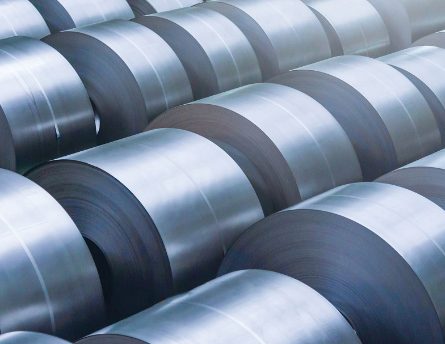Cold-rolled steel stands as a crucial player in the realm of metallurgy, wielding unique properties that set it apart from its hot-rolled counterpart. As a widely utilized material in various industries, understanding the purpose behind the cold-rolling process is paramount. In this article, we delve into the intricacies of cold-rolled steel and explore the reasons behind its widespread adoption.

Understanding Cold-Rolled Steel: Cold-rolled steel is a form of steel that undergoes a cold reduction process, wherein it is subjected to rolling at room temperature. This process imparts distinctive characteristics to the steel, enhancing its structural integrity, surface finish, and dimensional precision. Unlike hot-rolled steel, which is processed at high temperatures, cold-rolled steel emerges with improved strength and surface quality.
- Enhanced Strength: One of the primary purposes of cold-rolling steel is to increase its strength and hardness. The cold reduction process refines the grain structure of the steel, resulting in a material with higher tensile strength and improved resistance to deformation. This makes cold-rolled steel an ideal choice for applications that require durability and structural integrity, such as construction, automotive manufacturing, and appliances.
- Superior Surface Finish: Cold-rolled steel boasts a smooth and polished surface finish, a direct consequence of the cold reduction process. The absence of scales and oxides on the surface enhances the aesthetic appeal of the material, making it suitable for applications where appearance matters. Industries like furniture manufacturing, consumer electronics, and architectural projects often favor cold-rolled steel for its visually appealing surface.
- Dimensional Precision: Precision in dimensions is a critical aspect of many industrial applications, and cold-rolled steel excels in this regard. The cold-rolling process allows for tight control over thickness tolerances and dimensional accuracy. This precision makes cold-rolled steel a preferred choice in the production of components and parts where tight specifications are essential, including automotive components, appliances, and precision instruments.
- Versatility in Applications: The versatility of cold-rolled steel is a key factor in its widespread use across diverse industries. Its enhanced strength, surface finish, and dimensional precision make it suitable for an array of applications, ranging from construction and manufacturing to the production of consumer goods. Whether it's used in structural beams, automotive panels, or household appliances, cold-rolled steel proves its adaptability across various sectors.
The purpose of cold-rolled steel extends far beyond its initial state, transcending the limitations of conventional hot-rolled steel. With heightened strength, superior surface finish, dimensional precision, and versatile applications, cold-rolled steel has solidified its place as a cornerstone material in modern industry. As we continue to innovate and push the boundaries of material science, the unique attributes of cold-rolled steel will undoubtedly play a crucial role in shaping the future of manufacturing and construction.








